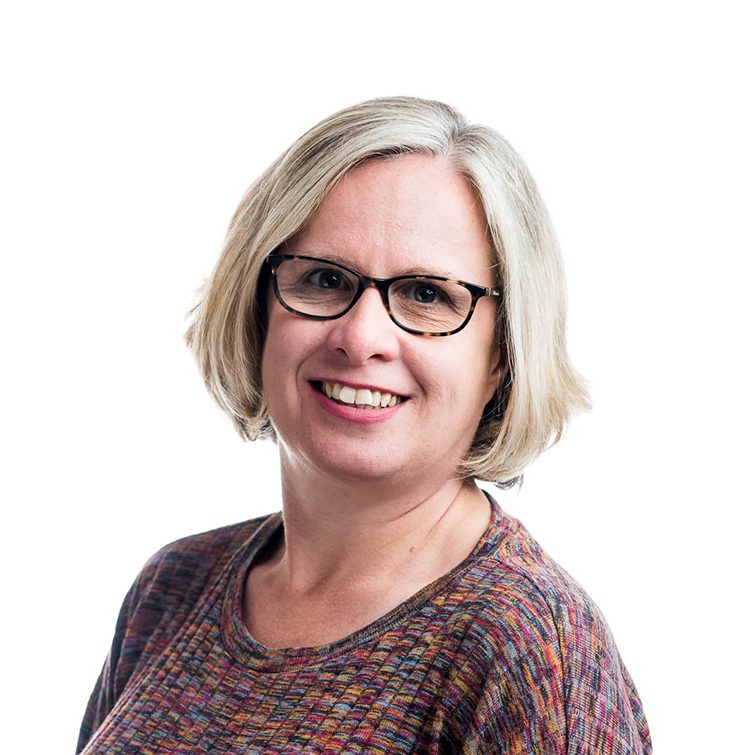Waste2Fresh - A Perspective by Nanofique Limited
In December 2020, Nanofique Limited, specialists in industrial wastewater treatment, founded in 2016, received funding from Horizon 2020, along with other partners in the successful Waste2Fresh project, for a smart innovative water saving solution system for the textile industry.
In December 2020, Nanofique Ltd, specialists in industrial wastewater treatment, founded in 2016, received funding from Horizon 2020, along with other partners in the successful Waste2Fresh project, for a smart innovative water saving solution system for the textile industry.
Photograph by Khaled Hasan.
The Vision
One of the most commonly produced fabrics in the textile industry is denim. To dye denim, sulphur dyes or indigo dyes are used, sometimes in combination. This process is repetitive and is carried out on a large scale. There are no denim dyers in the UK because denim dyeing in the UK is environmentally unacceptable, therefore the UK outsources our problem to developing countries.
Nanofique was initially set up to promote its biocomposite of nanostructured material, that could degrade spent dye from wastewater, removing the colour and associated harmful effects. The aim was to provide a cheap solution when done at scale, using environmentally sustainable methods. This was received positively in the market as it solved one of the pressing problems. However there are other elements in wastewater, such as heavy metals and salts, that also need attention and industry want a complete solution using techniques proven to work together. In order to do this, Nanofique realised they needed to collaborate with other organisations deploying their techniques and technologies to provide a holistic solution for all the substances in the wastewater. They were also looking for a tailored solution, so industry could select some of the technologies or the whole package. This was the vision of Richard Burke the CEO and Founder of Nanofique, to eliminate the contamination of watercourses by industrial sites and to recycle water in a much more sustainable way than is currently done, starting with the textile industry.
European Funded Horizon 2020 (H2020) Project: Waste2Fresh
Richard Burke pulled together the consortium, with all the different expertise and elements to remove all the contaminants from the wastewater. The project is about looking at all the elements of the wastewater and doing something with it; to separate, remove, upgrade for resale or for re-use, underpinned by life-cycle analysis. The aim is to enable water recycling without the production of harmful sludge. As it is an energy intensive industry, the consortia are leveraging a number of energy generation and storage methods.
This H2020 project has given Nanofique the opportunity to use their products at scale, whilst combining them with technology from the other collaboration partners.
Richard Burke is managing the overall technical solution, managing the process of integrating all the different technologies to make sure the consortium achieves the most efficient results whilst being cost effective. There are seventeen partners in the consortium across eleven countries. Each partner has a specific role in the project. Regarding the individual technologies, they work at Technology Readiness Level 5 (TRL5), and need to be integrated for effective use at full scale. This EU project allows the consortium to demonstrate at factory scale, so it will be easy to take a potential customer to the factory site where it has been used. Operating in a factory can demonstrate the efficiency, the health and safety parameters in place, space requirements and commercial and cost effectiveness. What this EU project has allowed Nanofique to do is create a consortium that will have a long-lasting relationship beyond the project. The consortium are planning to work together, sell together supply parts to a niche area and tailor the needs to respond what the industry requires. The consortia is also engaging with various governments to look at better solutions for industrial wastewater management and to develop new standards to be met.
This is the first EU project that Nanofique has been involved in. Richard Burke said:
“KTN assistance was fundamental to do what I really needed, to find a whole solution for the wastewater at industrial sites. I needed to find the people with the right skills in the different processes to deal with all the elements required, and that’s exactly what KTN provided. The whole problem can be solved with the right people working together, I wouldn’t have been able to do that without KTN.”
Useful tips
- Have a vision to start with. It is easier when you have a vision, then the problem can be solved with the right people, rather than trying to fit people to something that doesn’t work.
- Before looking at the call topics already have a concept. Having a clear concept makes it easier to find the right call and consortium.
- When looking at the call topics in the Work Programme, think very carefully how you are going to do everything. Finding the right partner for each part is really important.
- Select the right call and do it properly rather than taking a “shotgun”approach.
To find out more, visit http://nanofique.com/
Follow on Twitter @Waste2Fresh
![]() Waste2Fresh project has received funding from the European Union’s Horizon 2020 Research and Innovation Programme under Grant Agreement Nº 958491.
Waste2Fresh project has received funding from the European Union’s Horizon 2020 Research and Innovation Programme under Grant Agreement Nº 958491.



